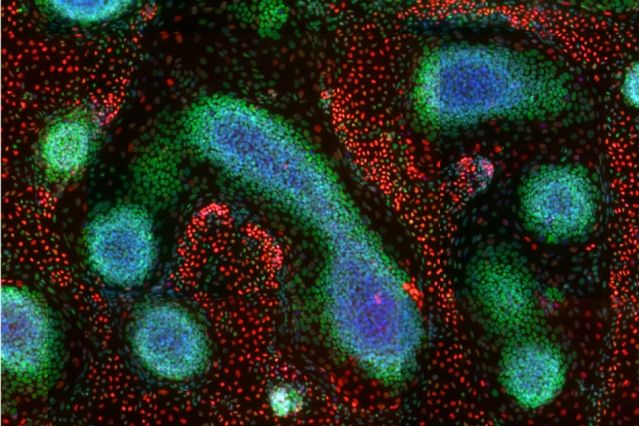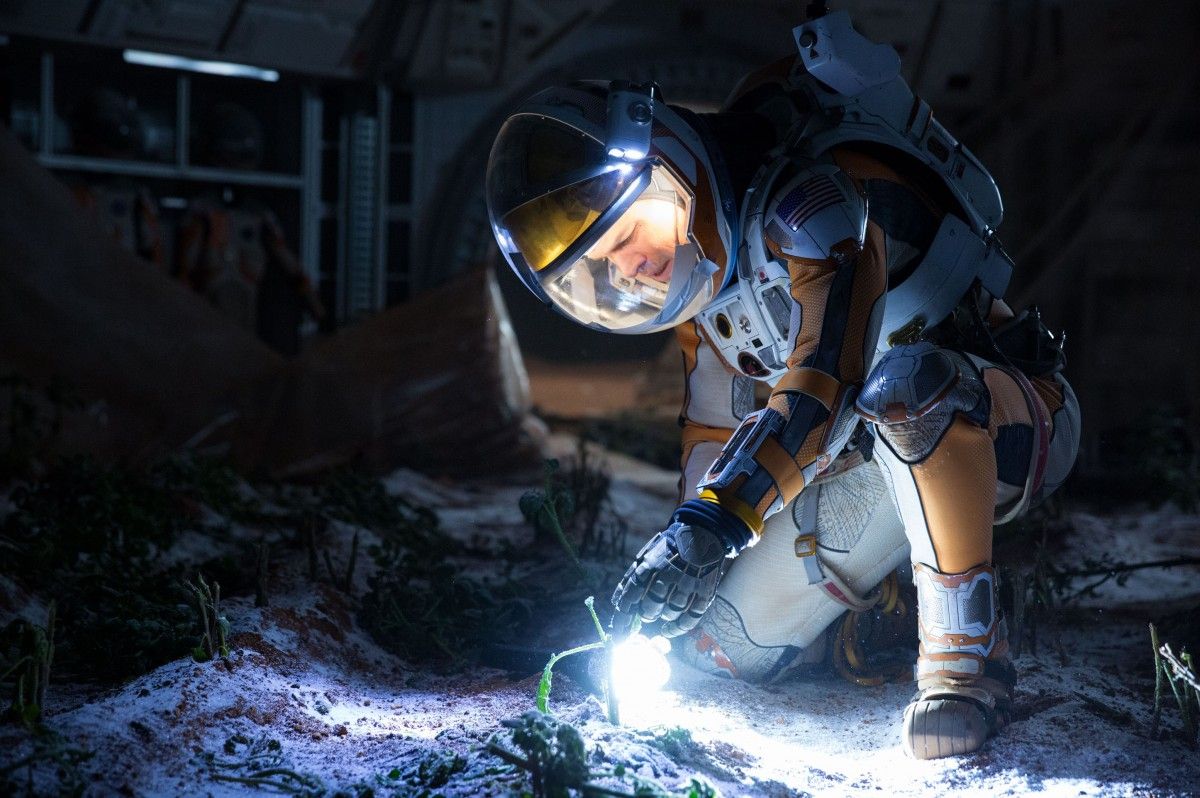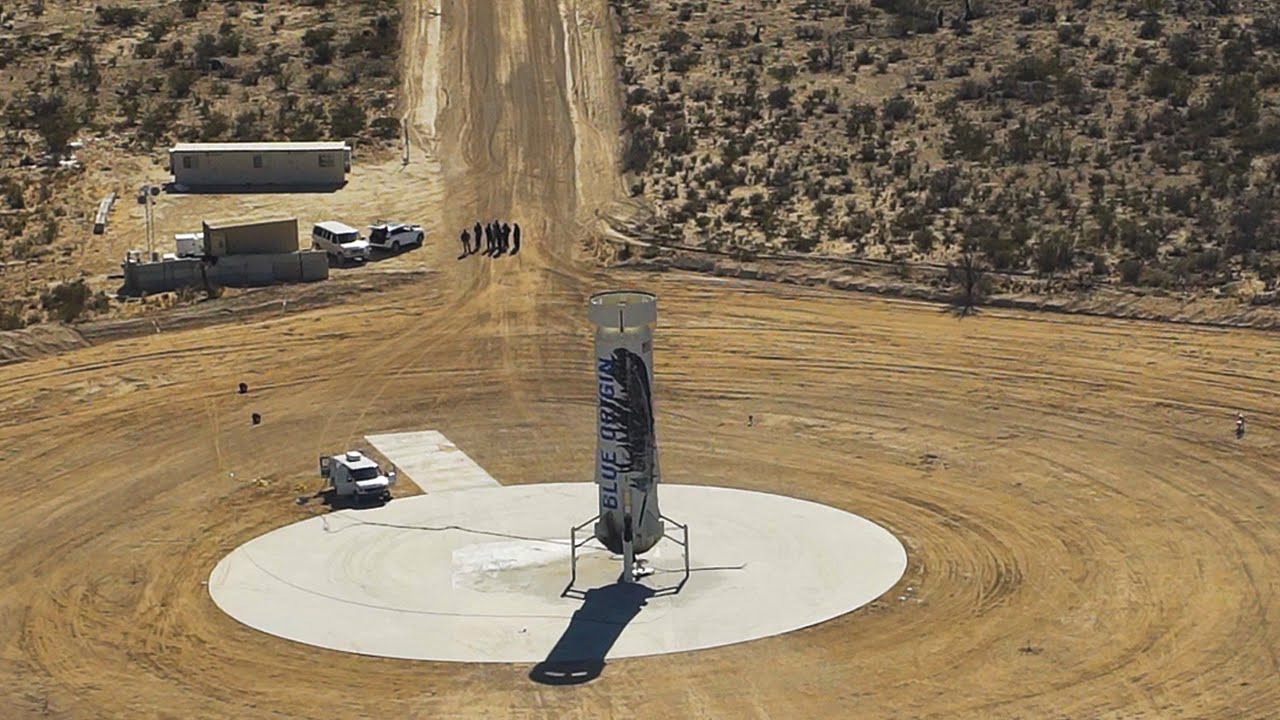Jan 23, 2016
Education Technology Graduates From the Classroom to the Boardroom — By Natasha Singer | The New York Times
Posted by Odette Bohr Dienel in categories: business, education, software
“The money pouring into ed tech tells a different story, however. Despite the volume of novel products aimed at schools, the biggest investments are largely going to start-ups focused on higher education or job-related skills — businesses that feed a market of colleges, companies and consumers willing to spend to promote career advancement.”















